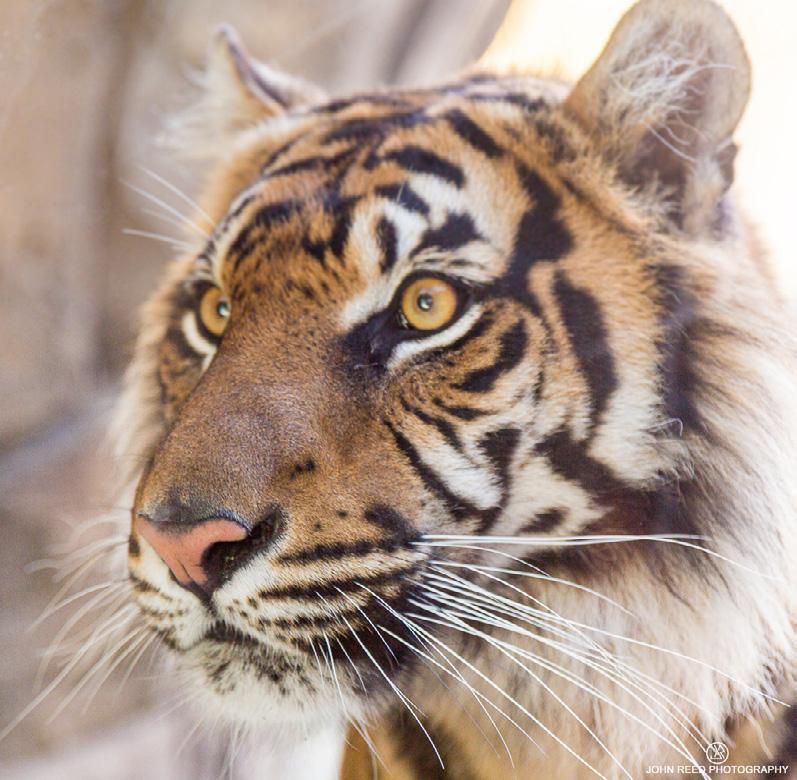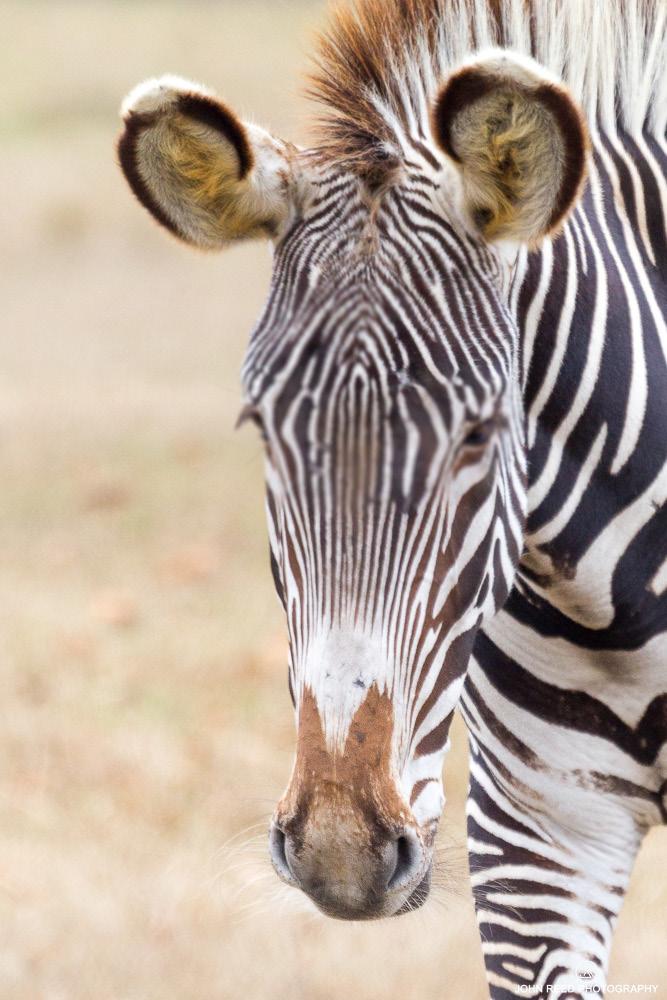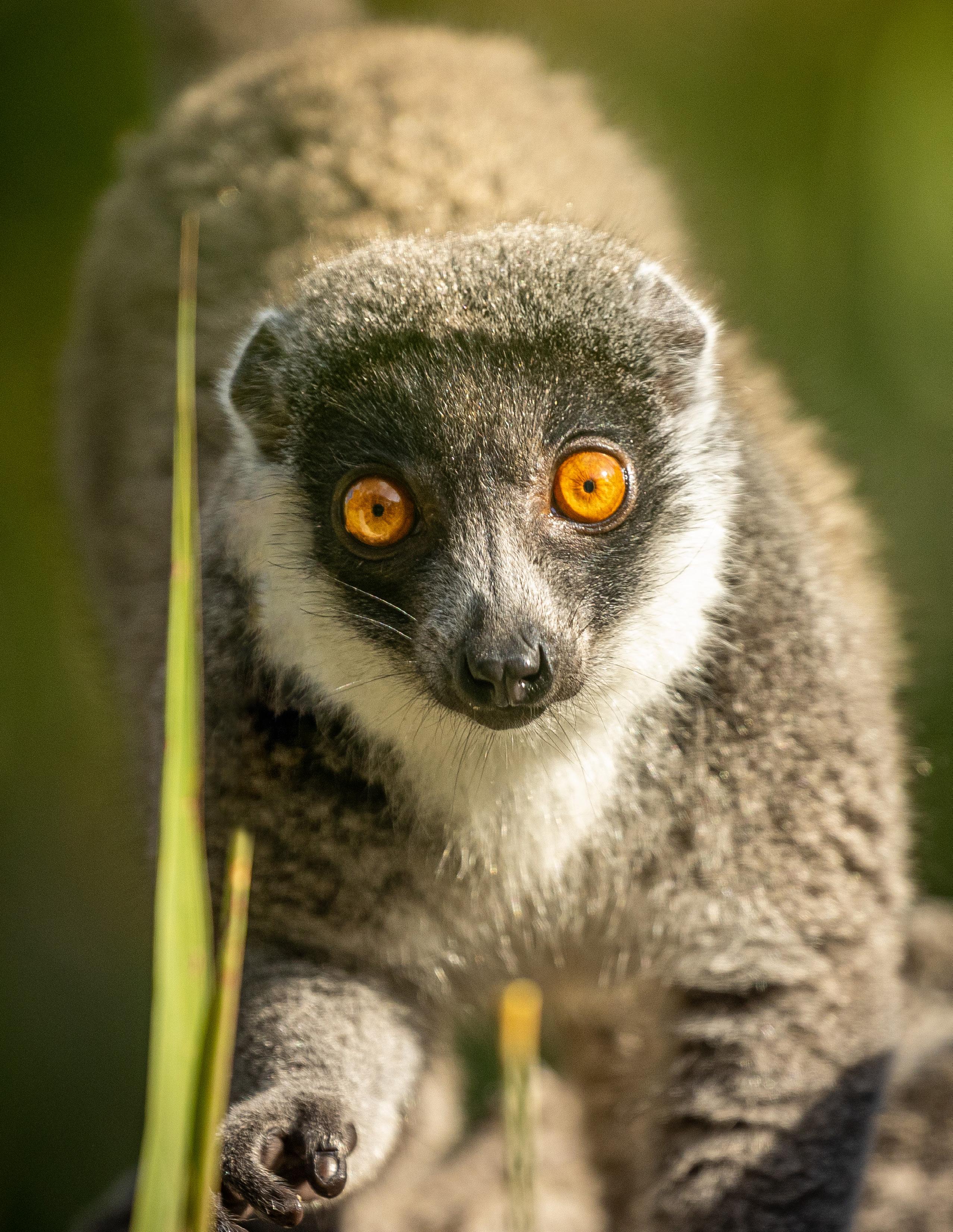
1 minute read
Some Thoughts on Focus
By John Reed, Photography Volunteer & Snapshot Society Instructor
One of the biggest complaints people seem to have about their photos is that they are not sharp. There are many reasons for this. Camera movement, subject movement and even ISO and exposure to some extent, can all lead to less than tack sharp images. Camera movement and subject movement are shutter speed issues, and we’ll save shutter speed for another time. Let’s talk today about focus and some suggestions to improve it.
Advertisement
Here are suggestions to keep in mind that may help: Remember, autofocus is designed to concentrate on whatever is closest to you. I’m sure you’ve tried to photograph an animal on the other side of a fence and found brilliant shots of the fence! If there is something between you and your subject, you may have to focus manually. For that to work well, you must make sure your viewfinder is adjusted to your vision. This is called a diopter adjustment and it makes sure that the sharpness you see in the viewfinder will match the sharpness of the photo. This must be set to your eye when using manual focus. It’s usually a simple adjustment and your camera manual will provide instructions.
Another impact of focusing on what is closest is the trouble with getting the subject’s eyes sharp, which is critical. Subjects with long heads like horses and giraffes, or birds with long bills, can be a problem. When they are looking directly at you,the camera will focus on the end of their nose/bill and the eyes get blurry. The closer they are, the more likely this will be a problem. You must focus past the nose and on the eyes or close your aperture for more depth of field. Even animals without long faces, such as big cats, can have the same problem. Look at the photos and note that both the whiskers are much sharper than the eyes, especially the zebra.

Image sharpness can be subjective. What is sharp enough for one person may not be sharp enough for another. Still, sharpness is a genuine, visible factor with which to be concerned.
Most people now use autofocus and that's fine because it does work so well. Even with perfect vision, the camera can most always focus faster than we humans can focus manually. Still, we will want to understand autofocus’ limitations as well as the different ways we can configure it to work. All the various focus options available to you now are so vast that this is up to you and your manual.
I hope this information is helpful to you in our neverending quest for sharp photos! Be well.











